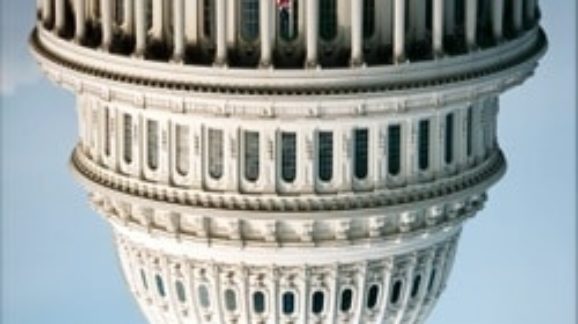Less than 1 Percent of Federal Regulations Get Cost-Benefit Analysis

 The Obama administration likes to assert that all the rules and regulations pouring out of Washington have positive net-benefits.
The Obama administration likes to assert that all the rules and regulations pouring out of Washington have positive net-benefits.
Billions of dollars in postulated net benefits is common, sometimes even for individual rules.
But there is no way to make such a claim for the regulatory enterprise overall. Less than one percent of federal regulations get cost-benefit analysis. Let’s look at it.
In fiscal year 2014, for example, the White House Office of Management and Budget reviewed 54 major rules and a few hundred significant ones. Only 16 had cost estimates OMB reviewed, and only 13 had both cost and benefit assessments.
But, during the calendar year, there were 3,554 rules finalized by over 60 federal departments, agencies and commissions. Sure, regulators like to claim that the “major” rules reviewed account for the bulk of regulatory costs; but they themselves get to decide what counts as major.
Furthermore, OMB does not review independent agency rules, like the Federal Communications Commission’s net neutrality order. And entire categories of intervention (such as antitrust) get little scrutiny. Also, costs of regulatory dark matter like agency guidance, bulletins, circulars, and manuals don’t get tallied.
This absence of cost-benefit analysis is a long-standing issue. As the nearby chart, “The Funnel of Gov: On the Depth of Regulatory Cost Review, 2001-Present” shows, of several thousand agency rules issued (and of the several hundred non-major rules reviewed annually by OMB), just a handful of executive agency rules sport cost analysis alone, let alone cost-and-benefit analysis

(See online version of chart with extra detail here)
So, the upshot is, as a percentage of the annual flow of final rules in the Federal Register, the proportion of rules designated “major” with cost analysis averages around 36 percent over the decade.
But when we go beyond the officially designated major rules, the proportion of all rules with any reviewed cost analysis at all has averaged only around 0.46 percent, as the chart shows. The percentage of all rules with a reviewed cost assessment has never even reached one percent; the peak was 0.8 percent in 2009.
Benefit assessments, which the federal government declares justifies the modern regulatory state, fare even worse, yet net-benefit claims for Washington’s regulatory state are the norm.
In contrast to such hopeful net-benefit assertions, OMB’s once-common recognition that costs past and present “could easily be a factor of ten or more larger than the sum of the costs…reported,” was more appropriate.
The lack of clarity on the real costs and benefits of regulation (and their effect on jobs) is one of the factors driving the push for regulatory reform and liberalization on Capitol Hill and in the presidential campaign.